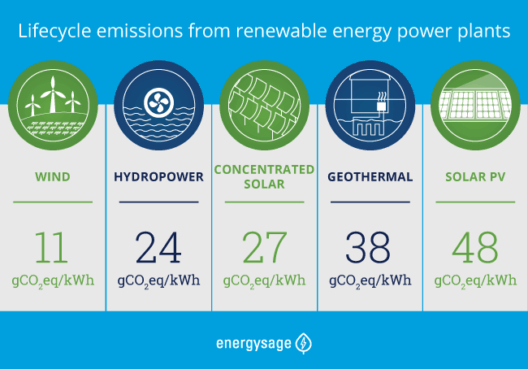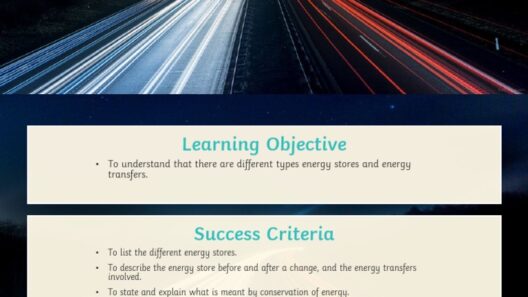Amusement parks epitomize joy, wonder, and laughter, but they also exemplify significant energy consumption. As we revel in thrilling rides, colorful parades, and captivating attractions, it’s imperative to contemplate our environmental footprint. The allure of these vibrant locales need not clash with our ecological responsibilities. In fact, amusement parks can embody a harmonious blend of entertainment and sustainability. Energy conservation at these venues not only reduces carbon emissions but also fosters a culture of environmental stewardship among millions of visitors each year. Here’s how to ensure that your day of fun is also a boon for the planet.
Begin with transportation. The journey to the amusement park often incurs a significant environmental cost. Opting for public transportation is a straightforward way to reduce your carbon footprint. Many parks are conveniently located near train or bus lines. Consider using a rideshare service that promotes carpooling; sharing a ride decreases the number of vehicles on the road and mitigates emissions. For those living within walking or biking distance, an eco-friendly commute can transform the trip to the park into an enjoyable part of the experience.
Once you arrive, the next step is to recognize the park’s commitment to innovation in sustainability. Many amusement parks have begun investing in energy-efficient infrastructure. Solar panels adorning rooftops or parking structures harness the sun’s power, generating renewable energy to power rides and facilities. Visitors should look for signs detailing how much energy is produced and the associated environmental benefits. This transparency can heighten awareness and inspire guests to adopt similar practices in their daily lives.
Water conservation is another crucial element in the ecological balance. Attractions such as splash pads and water rides utilize vast amounts of water. However, many parks are implementing advanced water recycling systems. These systems filter and repurpose water for irrigation or cooling systems. When visiting, be mindful of water usage. Choose to partake in attractions that practice conservation and those that demonstrate sustainable water management techniques.
Food is a central component of any amusement park day. Traditional fare often comes packaged in single-use plastics, contributing to the burgeoning waste crisis. Opting for food vendors that prioritize eco-friendly packaging can greatly diminish this impact. Many parks have started to embrace biodegradable alternatives or offer discount incentives for guests who bring reusable containers. When dining, be inquisitive—ask where ingredients are sourced from and whether they support local farms. This not only bolsters local economies but diminishes the carbon footprint associated with transporting food from distant locations.
Moreover, consider the potential of plant-based menus. Plant-based diets use significantly less energy, land, and water compared to carnivorous diets. Amusement parks increasingly feature vegetarian and vegan options, appealing to the eco-conscious consumer. Selecting plant-based dishes aligns with a commitment to conserving energy while enjoying culinary delights. If the park you visit does not offer sufficient vegetarian options, provide feedback. Parks thrive on visitor input, and your voice can drive change.
As you explore the park, it’s worth acknowledging the impact of ride types on energy consumption. Thrilling roller coasters and mechanical rides can consume vast amounts of electricity. However, many parks are reallocating resources to utilize energy-efficient technologies. These include regenerative braking systems that harness kinetic energy generated during rides, reducing power reliance. Get educated: when in line, glance at promotions or informational displays that outline how specific rides contribute to energy conservation efforts.
Throughout the park, you’ll encounter sustainable practices that extend beyond energy efficiency. Waste management is a crucial area where visitors can actively participate. Amusement parks often implement recycling and composting bins, catering to eco-conscious guests. Taking the time to properly dispose of waste not only ensures cleanliness but also fosters an environment in which sustainability flourishes. Make it a fun challenge with friends or family: who can find and correctly dispose of the most items in the appropriate bins?
Another surprising facet of energy conservation revolves around natural landscaping. Parks increasingly adopt native plants within their grounds. This minimizes water requirements while providing habitat for local wildlife. Take a moment to admire the green spaces and consider how they contribute to biodiversity. Engaging with nature adds another layer of enjoyment to the experience, connecting you to the local ecosystem.
Don’t forget about educating the younger generation about the importance of environmental conservation. Families can turn the amusement park visit into an educational opportunity by discussing the various eco-friendly initiatives they witness. Many parks host interactive exhibits that allow children to play while learning about sustainability. This creates a lasting impression, potentially inspiring future generations of environmental stewards.
As the day concludes, reflect on the myriad ways you can advocate for energy conservation, not just within amusement parks, but in your own life. Consider pledging to carry these principles forward, making sustainable choices that reverberate beyond the park’s gates. Awareness builds a culture where efficiency and sustainability thrive together. The magic of amusement parks does not need to diminish in the face of climate change; rather, visitors can become advocates for both thrill and conservation.
In the grand tapestry of life, where amusement parks serve as priceless nodes of community joy, the potential for eco-friendly fun awaits discovery. By viewing this venture through an environmentally conscious lens, guests can treasure unforgettable experiences while passionately advocating for the planet. It’s time to shift our perspective and turn energy conservation from an obligation into an exhilarating part of the amusement park adventure.








